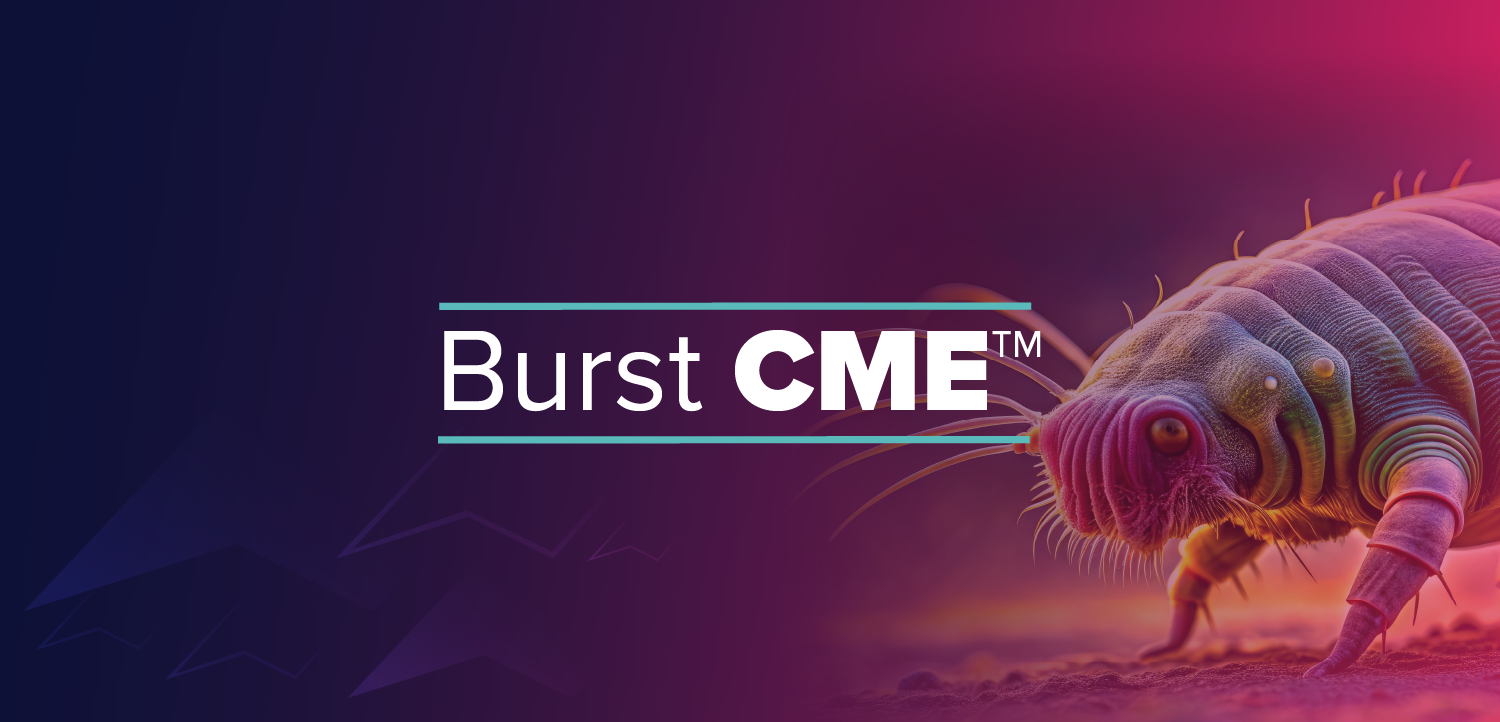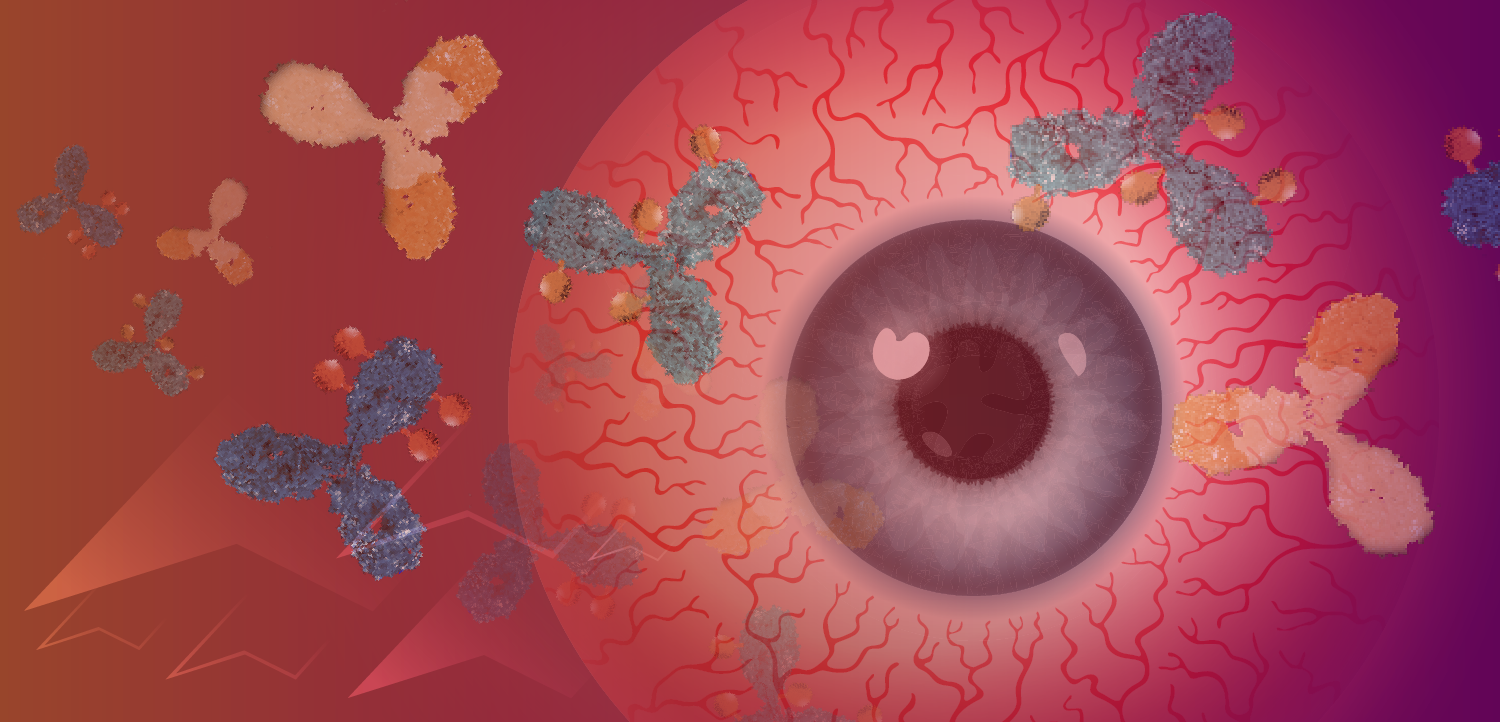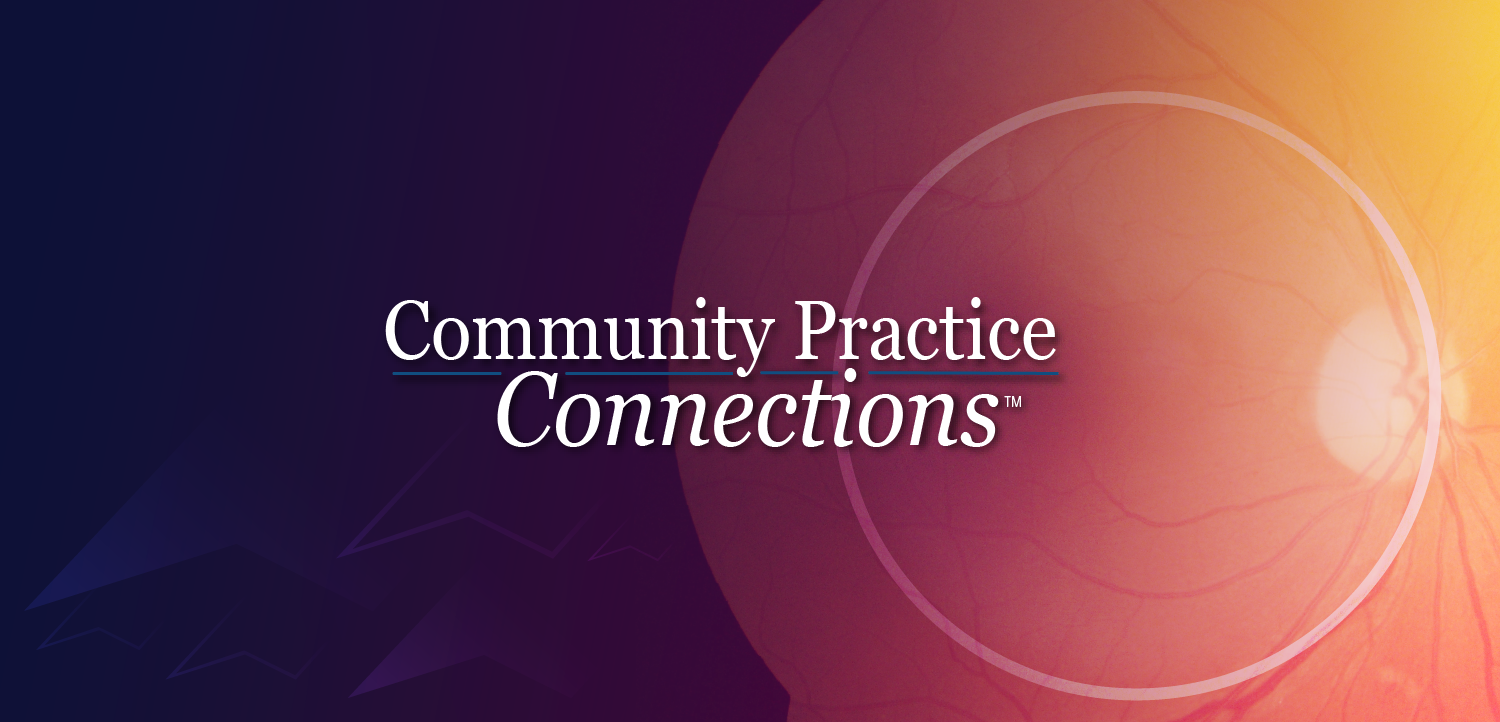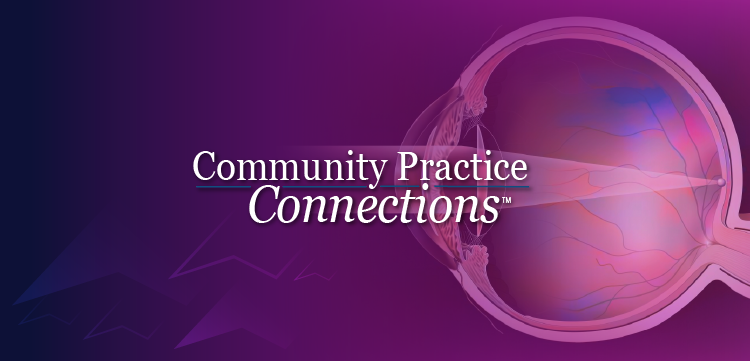Beyond gonioscopy: Angle asessment
Rapid image acquisition and quantitative analysis are possible
Dynamic indentation gonioscopy remains the current reference standard for assessing the anterior chamber angle, but a variety of recently introduced objective imaging techniques may become useful adjuncts in clinical care, said Dr Tin Aung, PhD.
"After all, we use a variety of imaging methods in [the care of patients with] glaucoma... for assessing the optic disc, retinal nerve fibre layer, and corneal thickness," he added. "Perhaps we should also include angle assessments among our imaging techniques in glaucoma."
Newer methods of angle imaging include the use of several types of OCT devices: anterior segment OCT (ASOCT), highdefinition OCT (HDOCT), and sweptsource OCT.
AS-OCT
AS-OCT (Visante, Carl Zeiss Meditec) provides highresolution (10 to 20 µm), cross-sectional images of the anterior segment and angles and offers a number of practical advantages in that it is a noncontact technique performed rapidly with the patient sitting up. The image can be subjectively graded in terms of whether the angle is open or closed, and software is also available for quantitative analysis of various angle parameters, including the angle opening distance, the angle recess area, and the trabeculoiris space area.
"However, the problem with using ASOCT for diagnosing angle closure is that one has to identify contact between the iris and the trabecular meshwork, but the trabecular meshwork is not visible in most images," Dr Aung said. "Therefore, one must use the scleral spur, which lies behind the trabecular meshwork, as a landmark in both qualitative and quantitative assessments. Angle closure is determined by identifying contact between the iris and angle wall anterior to the sclera spur."
A study performed by Dr Aung and colleagues comparing ASOCT and gonioscopy for diagnosing angle closure demonstrated that the imaging technology had high sensitivity (98%) but lower specificity (54.4%) because its use resulted in diagnosis of angle closure in some patients who were considered to have an open angle on gonioscopy.
"Possible reasons accounting for the discrepancy between gonioscopic and ASOCT diagnosis include differences in the lighting conditions used for the two examinations, distortion of the angle configuration when performing gonioscopy, and use of different landmarks for the two methods," Dr Aung said.
In addition to its inability to visualize the trabecular meshwork in most cases, other disadvantages of ASOCT include the fact that scleral spur definition is difficult in up to 30% of images overall, and according to a study by Dr Aung and colleagues, at an even higher rate when assessing the inferior and superior quadrants. In addition, it is usually difficult to visualize the ciliary body or to look for peripheral anterior synechiae (PAS) when using ASOCT, the angle assessment software has limitations and the device is costly.
Newsletter
Get the essential updates shaping the future of pharma manufacturing and compliance—subscribe today to Pharmaceutical Technology and never miss a breakthrough.











































